
Light Bulbs: When light bulbs get hot take safety precautions
Search
Main Article: Choosing the Right Light Bulb: Everything you Need to know
Why Light Bulbs get hot and what to do about it
Light bulbs produce light, but they also tend to produce heat. Especially less energy-efficient bulbs such as incandescent bulbs. This guide provides a simple breakdown of how different types of bulbs produce heat, how much heat they generate, why they produce heat, and essential safety precautions to consider.
Types of Light Bulbs and Their Heat Production
Incandescent Bulbs
Incandescent bulbs produce light by heating a tungsten filament until it glows. This process generates a considerable amount of heat.
About 90% of the energy used by an incandescent bulb is emitted as heat, with only 10% converted to light. This means that these bulbs get extremely hot, even after short periods of use. Incandescent bulbs are the hottest among common household light sources.
Halogen Bulbs
Halogen bulbs operate similarly to incandescent bulbs but use a halogen gas that allows the filament to burn at a higher temperature, making them more efficient and brighter.
They produce slightly more heat than incandescent bulbs due to their higher operating temperature. While slightly more energy-efficient, halogen bulbs still get very hot and can be a fire risk if placed too close to flammable materials.
Compact Fluorescent Lamps (CFLs)
CFLs use a different mechanism, where electricity excites gases within the bulb, producing ultraviolet light that then gets converted to visible light by a phosphor coating.
CFLs produce about 30% of their energy as heat, making them significantly cooler than incandescent and halogen bulbs. They are much safer in terms of heat production, but still require some ventilation to avoid overheating.
Light Emitting Diodes (LEDs)
LEDs produce light through a semiconductor that emits light when an electric current passes through it. This process generates minimal heat compared to other bulb types.
LEDs convert almost 80-90% of their energy into light, producing very little heat. They are the coolest and most energy-efficient option available, making them ideal for various applications, especially where heat is a concern.
Why Do Light Bulbs Produce Heat?
The heat produced by light bulbs results from energy conversion. When electrical energy flows through a bulb, some of that energy is transformed into light, while the remaining energy is lost as heat. The proportion of energy converted to heat depends on the bulb's design and the technology it uses.
For instance, in incandescent bulbs, the tungsten filament heats up to high temperatures (around 2000-3000°C), which causes it to emit light but also generates significant heat. LEDs, on the other hand, have no filament and emit light through electron movements in a semiconductor, which minimizes heat production.
How Long Does It Take for Bulbs to Heat Up?
- Incandescent and Halogen Bulbs: These bulbs heat up almost instantly, reaching high temperatures within a few seconds of being switched on, often exceeding 200°C (392°F) during operation.
- CFLs: CFLs typically take a few minutes to reach their maximum temperature, which can be around 80-90°C (176-194°F) as they warm up the gases inside.
- LEDs: LEDs produce very little heat and maintain a steady, low temperature, usually around 40-60°C (104-140°F), even when left on for long periods.
Safety Considerations: Heat, Ventilation, and Spacing
The heat produced by light bulbs can pose various dangers, including becoming hot to the touch, causing burns, or even starting a fire if not properly managed. This makes it essential to take precautions when using light bulbs, especially those that generate significant heat.
Ventilation
All light fixtures should have proper ventilation to allow heat to dissipate. Many light fixture and lamp designs incorporate heat sinks or openings to help manage heat buildup, ensuring that bulbs operate safely and effectively.
Additionally, lampshades can funnel heat away from the bulb and into the surrounding area, which can help prevent overheating. However, if a lampshade is too restrictive or made from materials that retain heat, it can make the problem worse, increasing the risk of burns or fire hazards.
Avoid placing bulbs in fully enclosed fixtures unless they are rated for such use, as this can cause the bulb to overheat and reduce its lifespan.
Spacing
Ensure that there is enough space around the bulb for heat to escape. A general rule of thumb is to keep at least 5-10 cm (2-4 inches) of space between the bulb and any surrounding objects, such as lampshades, ceilings, or walls.
For higher wattage bulbs, such as incandescent or halogen types, increasing this distance to about 10-15 cm (4-6 inches) is advisable to allow for more effective heat dissipation.
LEDs can typically be placed slightly closer, around 5 cm (2 inches), due to their lower heat output, but maintaining some space is still important for safety.
Lampshades and Covers
Avoid covering lamps with materials, especially those that are not heat-resistant. Fabric, paper, or plastic covers can pose a fire risk when used with high-temperature bulbs like incandescent or halogen types.
As heat rises, it can cause these materials to become hot over time, increasing the risk of burns or fires. Additionally, covering the openings of lampshades blocks heat escape, trapping it inside and further elevating temperatures around the bulb.
Light fixtures often opt for shades made of glass, metal, or other heat-resistant materials to minimize fire hazards.
Avoid Overloading Fixtures
Do not use a bulb with a higher wattage than what the fixture is rated for. It’s essential to check the wattage specifications of the sockets and ensure that you use bulbs that match these ratings. Overloading a fixture can cause it to overheat, leading to damage or even fire. Always refer to the manufacturer's guidelines to select appropriate bulbs for your fixtures.
Regular Inspections and Dusting
Check for any signs of overheating, such as discoloration of the bulb base or the fixture itself. It's also important to dust bulbs regularly, as accumulated dust can act as an insulator and trap heat.
Hot bulbs covered in dust may produce a burning smell, indicating that they are getting too hot and could pose a fire risk. If a bulb seems too hot to touch even after being off for a few minutes, it may be a sign that the fixture is not properly ventilated. This especially happens with incandescent and halogen bulbs.
Use LED Bulbs for Heat-Sensitive Areas
In areas where heat can be an issue (e.g., tight spaces, near delicate materials, or in rooms prone to overheating), LEDs are the safest choice due to their low heat emission.
Since LEDs produce significantly less heat compared to incandescent and halogen bulbs, they reduce the risk of burns and fire hazards, making them ideal for use in locations where heat sensitivity is a concern.
Additional Tips for Managing Heat from Light Bulbs
- Dimmer Switches: Using dimmers can reduce the amount of heat generated by incandescent and halogen bulbs, as they lower the energy passing through the filament. However, ensure that the bulb is dimmer-compatible.
- Reflector Bulbs: Reflector bulbs, often used in track lighting and recessed fixtures, can trap heat. Choose LED versions of these bulbs to avoid excess heat buildup.
- Bulb Orientation: In downlight fixtures, heat can get trapped above the bulb. If using CFLs or incandescent bulbs in these fixtures, ensure there’s adequate ventilation.
- Avoid Prolonged Use of High-Temperature Bulbs: Reduce the time high-heat bulbs are left on, especially in small or poorly ventilated rooms, to prevent temperature spikes.
- Switch to LED Bulbs: Consider switching to LED bulbs to benefit from their cooler operation and longer lifespan. LEDs not only produce less heat, but they also last significantly longer than traditional bulbs, making them a cost-effective and safe choice.
Final Precautions
Choosing the right type of light bulb not only affects your lighting quality but also impacts safety and energy consumption. By understanding how different bulbs generate heat and taking appropriate precautions, you can ensure a safer and more comfortable environment in your home or workspace.
When in doubt, opt for LED bulbs, which offer the best balance of efficiency, safety, and longevity. Always remember to leave ample space around bulbs and ensure that hot air can escape to prevent overheating and related hazards. And never cover a light bulb or the openings of lamps and light fixtures, because these openings are designed to allow heat to escape safely.
Learn more about Light Bulbs
The different types of light bulb technologies
Choosing the right light bulb base for the socket
How to safely screw in various kinds of light bulbs
The different shapes of light bulbs
Smart Bulbs, their benefits and features
How to find the brightness of a light bulb
The different colors of bulbs, warm white, cool white and more
What are Full Spectrum and Natural Daylight bulbs?
What is Color Rendering Index (CRI), and why does it matter
How to avoid glare and harsh light
Wattage, what is it and does it matter?
When light bulbs get hot take safety precautions
How long do they last and when will they need replacing
How much do they really cost to run?
Explore Topics

Table of Contents
Light Bulbs: When light bulbs get hot take safety precautionsWhy Light Bulbs get hot and what to do about itTypes of Light Bulbs and Their Heat ProductionWhy Do Light Bulbs Produce Heat?How Long Does It Take for Bulbs to Heat Up?Safety Considerations: Heat, Ventilation, and SpacingAdditional Tips for Managing Heat from Light BulbsFinal PrecautionsLearn more about Light BulbsCommentsShopping Ideas
Trending
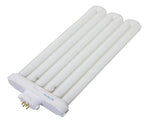
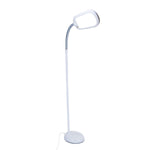

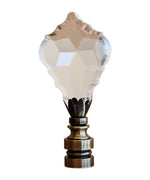

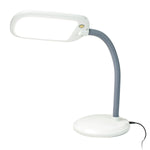




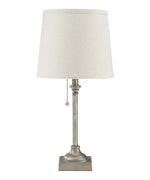


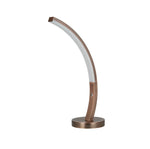
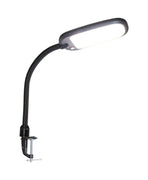


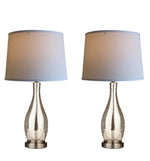
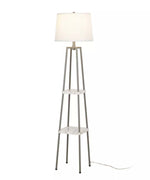










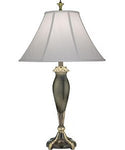

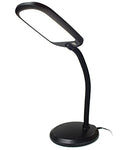


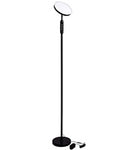

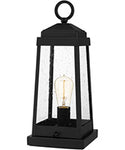
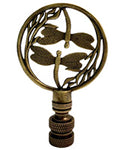
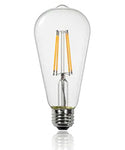
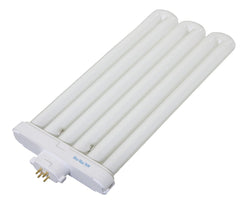
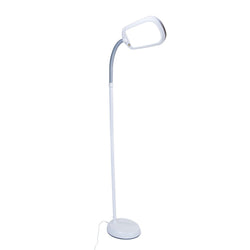
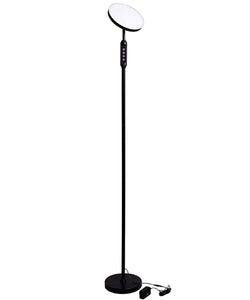
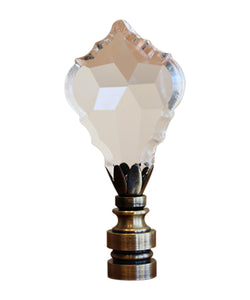
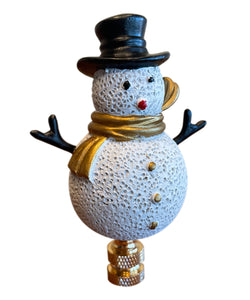

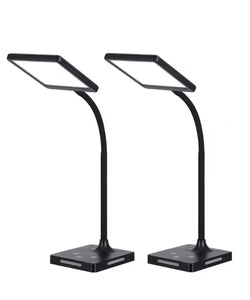

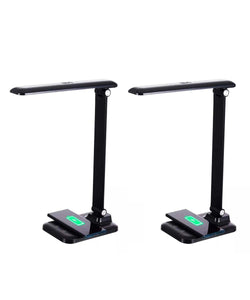


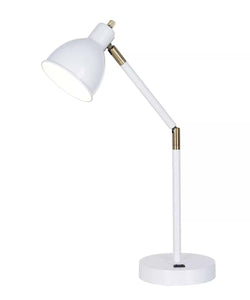
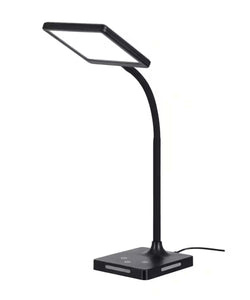

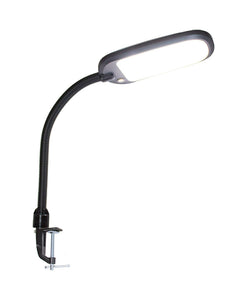

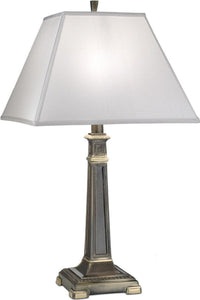

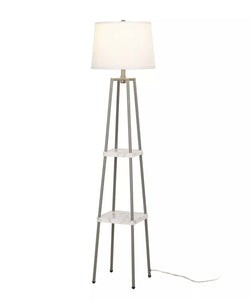
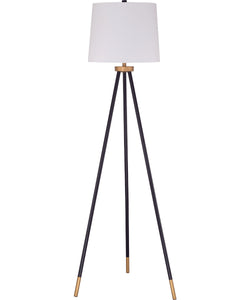
Comments